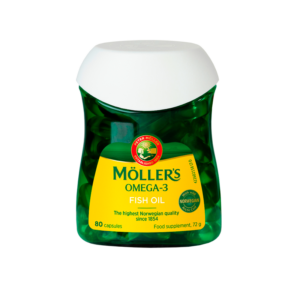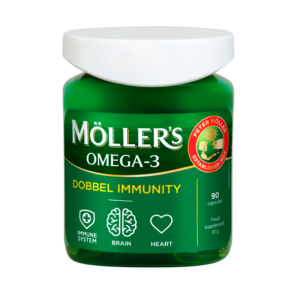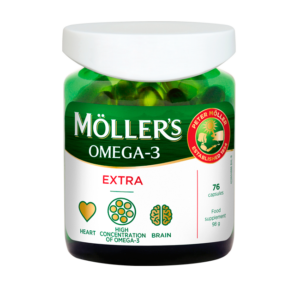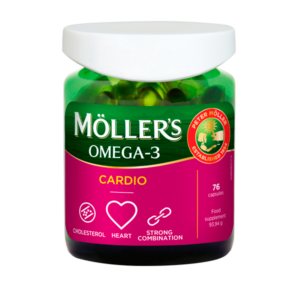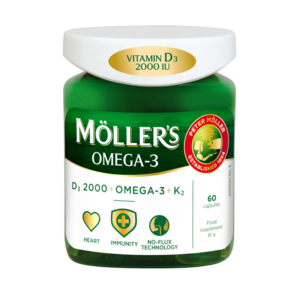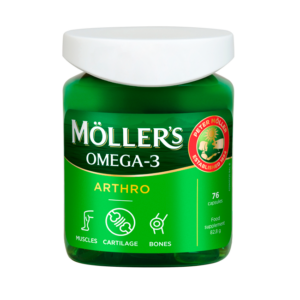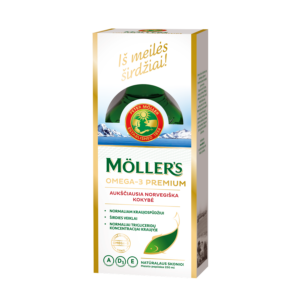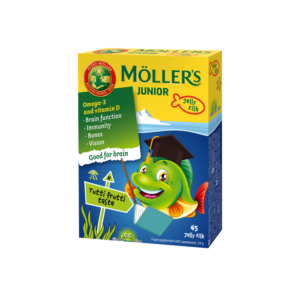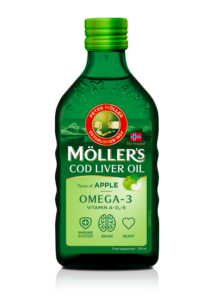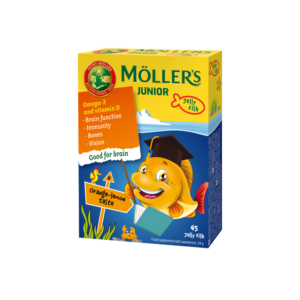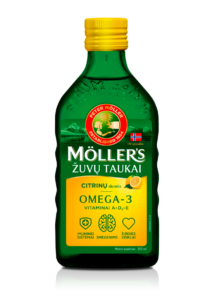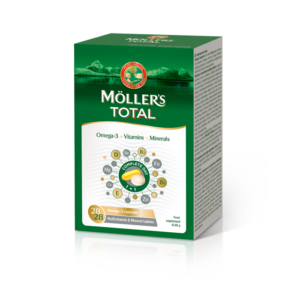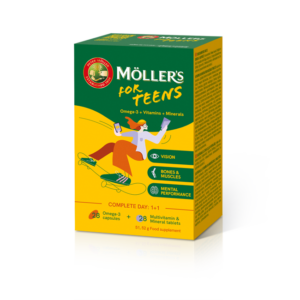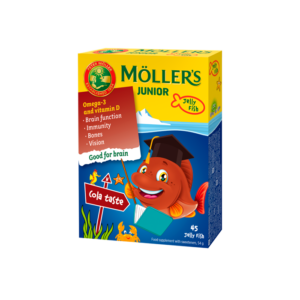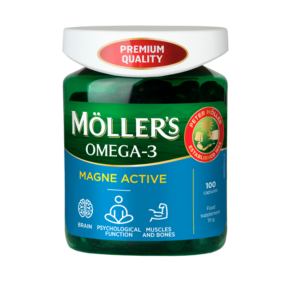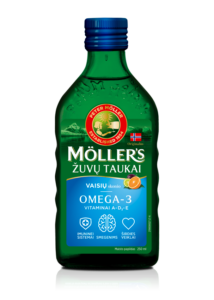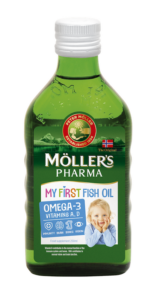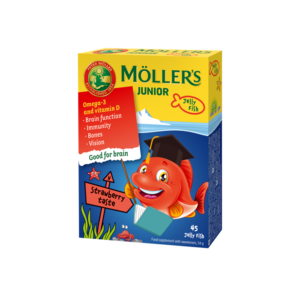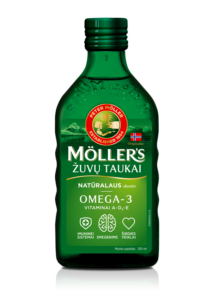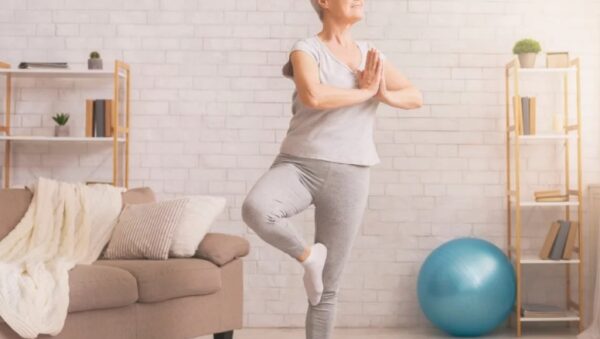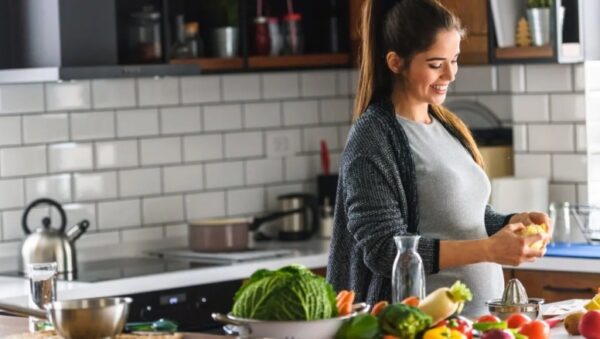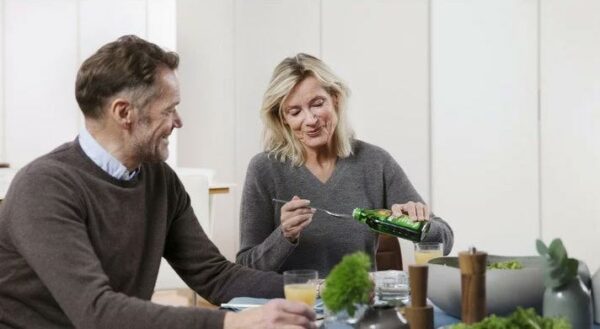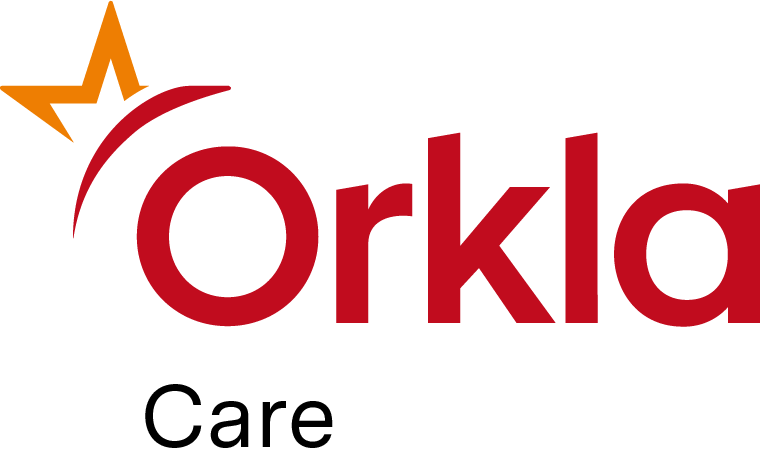Kad išlaikytumėte kuo gaivesnę odą, svarbu tinkamas jos maitinimas ir iš išorės, ir iš vidaus. Siūlome keletą populiarių patarimų, kaip paversti odą kuo skaistesne.
Home » Gražesnė oda ir iš išorės, ir iš vidaus
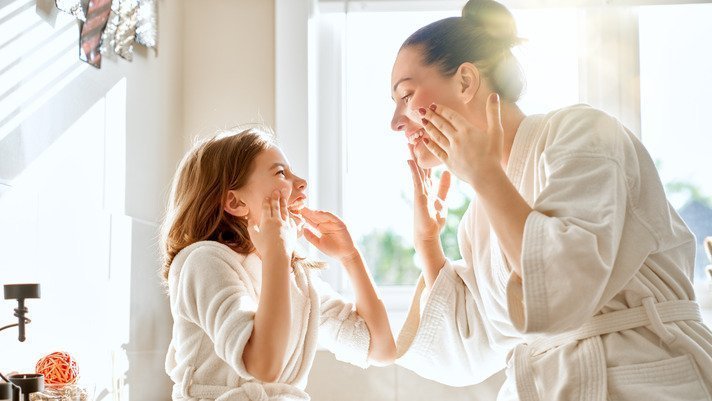
Jūs esate tai, ką valgote. Kad netinkamai maitinatės, galima atspėti pažvelgus į jūsų odą ir kūną. Odos ląstelės kuriamos vidiniame odos sluoksnyje, kur jos įsikuria, kad gautų maisto medžiagų, likusių po kūne vykstančių gyvybiškai svarbesnių procesų. Taigi pagrindinė geros išvaizdos gudrybė yra pakankamas odai reikalingų maistinių medžiagų kiekis ir tinkama jos priežiūra.
Tinkama mityba – graži oda
Vitaminas A yra būtinas naujų ląstelių gamybai ir geros odos būklės palaikymui.
Geri vitamino A šaltiniai yra:
- kepenys, kepenų paštetas, riebi žuvis, kiaušiniai, margarinas, pienas, sviestas ir sūris;
- spalvingi vaisiai ir daržovės – morkos, brokoliai, paprikos, kalė kopūstų lapai, abrikosai;
- žuvų taukai ir kiti omega-3 papildai.
Vitaminas C padeda kolageno, kuris yra svarbi sveikos odos statybinė medžiaga, gamybai.
Geri vitamino C šaltiniai yra:
- citrusiniai vaisiai – apelsinai, kiviai ir kt.;
- uogos – braškės, juodieji serbentai, erškėtuogės;
- paprikos, brokoliai, griežčiai, špinatai, pomidorai.
Paprasti patarimai, kad oda atrodytų sveika
Odos būklė taip pat priklauso nuo tinkamos priežiūros. Brandesnei odai reikia papildomo drėkinimo, ji turėtų būti prižiūrima kruopščiau nei jaunesniame amžiuje.
Štai keletas patarimų.
- Drėkinantis valymas
Bėgant metams oda tampa jautresnė ir praranda drėgmę, todėl svarbu jos priežiūrai turėti švelnų, drėkinantį valiklį, kuris nuo odos nepašalintų apsauginio lipidų sluoksnio.
- Švelnus šveitimas
Keletą kartų per savaitę šveisdami odą pašalinsite šiurkščias mirusias ląsteles, kurios gali trukdyti efektyviam odos drėkinimui, ir suteiksite odai sveiką švytėjimą. Tačiau įprasti šveitikliai gali subraižyti ir pažeisti odą. Todėl rinkitės švelnų odos šveitiklį, pavyzdžiui, kurio sudėtyje yra enzimų; jie ištirpdo negyvas odos ląsteles, tuo tarpu grūdėti šveitikliai jas pašalina fiziškai.
- Daug daug drėkinimo
Sulaukus vyresnio amžiaus daugumai reikia papildomo odos drėkinimo, dažnai žymiai daugiau negu galite įsivaizduoti. Todėl įsigykite kokybišką drėkiklį, verčiau su haliurono rūgštimi, ir kruopščiai bei dosniai naudokite jį ryte bei vakare. Taip pat nepamirškite gerti vandens – šviežias vanduo ypatingai svarbus jūsų odai ir sveikatai!
- Apsauga nuo saulės
Niekada nepamirškite apsaugos nuo saulės! Dėl saulės poveikio pasirodo apie 90 proc. odos senėjimo ženklų – raukšlių ir amžiaus dėmių. Atminkite – jūsų įdegis laikinas, o raukšlės lieka visam laikui. Ir taip, tiesa tai, kad įdegate net ir tada, kai naudojate apsauginį kremą nuo saulės. Įdegiui tik prireikia daugiau laiko, tačiau jūs įdegate tamsiau ir ilgesniam laikui.
What is good health?
Do you have a good lifestyle?
Lifestyle simply means the way in which you live. Health and lifestyle go hand in hand. You might feel you have a good lifestyle if you are physically active, eat healthily and generally experience a sense of wellbeing. Conversely, if you want good health you should also have a good lifestyle.
Physical activity is the major contributor to a good lifestyle, but diet, drugs, stress, sleep and social conditions are also play an important role. Being able to use the body properly to avoid injury also affects lifestyle. Physical activity can also prevent depression and help you to recover more quickly from mental illness, both of which obviously affect your lifestyle.
Diet can be a difficult topic for many. Perhaps you eat too much or too little or maybe you find it hard to know what foods to combine to have a balanced diet. It’s also important to eat food that contains important vitamins, minerals and dietary fibre, omega-3 and antioxidants. On top of all this, you also need to get enough energy, protein and the correct fatty acids. The requirement for these nutrients changes throughout your life. When you are older you also have different requirements than children and younger adults. Women also have different requirements than men. Pregnant and breastfeeding mothers also have special requirements.
When you get older, you lose muscle mass and your body requires less energy and therefore less food. You may lead a less active life than you did before, which is why you require less food. However, your need for minerals, vitamins and other nutrients remains the same. Of course, there are plenty of healthy and active older people, but when you reach 70 to 80 years of age, it’s easier to become ill, especially during flu season.
Some steps you can take to improve your lifestyle and health are to:
- eat a healthy and varied diet
- stay active
- watch your weight
- avoid too much alcohol and don’t smoke
- get enough sleep
- think positive
- practise good hygiene
What is good quality of life?
The World Health Organisation (WHO) defines quality of life as a state where the individual can realise their potential, cope with normal stressful situations, work in a rewarding and positive way, and be able to contribute to others and society.
Quality of life is a wide and somewhat diffuse concept that includes joy in, and a desire for, life. These are values that are rather felt than measured, which in turn are based on personal environment and choices. Quality of life doesn’t necessarily depend on being healthy or sick. It’s the moments between worries, sorrows, problems and ailments that matter. For example, if you have a chronic illness, a feeling of mastery can be important when talking about quality of life.
To sum up, quality of life is a combination of health, lifestyle, networks and social support. It’s about experiencing joy, meaning in life, satisfaction, security and a sense of belonging, as well as being able to use your strengths. It’s also about feeling interest in life, coping with everyday situations and a being committed to something or someone. If you have good quality of life, you will be able to cope better with the inevitable stressful situations in life.
Our products
-
Möller‘s žuvų taukai, 80 kapsulių
-
Möller‘s Dobbel Immunity, vanilės skonio, 100 kapsulių
-
Möller‘s Omega-3 Extra, 76 kapsulės
„Möller’s Omega-3 Ekstra“ – atnaujintos dar didesnės koncentracijos natūralios žuvinės kilmės omega-3!
-
Möller‘s Omega-3 Cardio, 76 kapsulės
-
Möller’s D Vitamin Extra, 60 kapsulių
-
Möller‘s Omega-3 Arthro, 76 kapsulės
-
Möller‘s Omega-3 Premium žuvų taukai, 250 ml
-
Möller’s Junior Omega-3, vaisių skonio, 45 kramtomos žuvelės
-
Möller’s žuvų taukai, obuolių skonio, 250ml
-
Möller’s Junior Omega-3, apelsinų ir citrinų skonio, 45 kramtomos žuvelės
-
Möller‘s citrinų skonio žuvų taukai, 250 ml
-
Möller‘s Total – Omega-3, vitaminų ir mineralų kompleksas, 28 kapsulės ir 28 tabletės
-
„Möller‘s for Teens“ omega-3 ir vitaminų bei mineralų kompleksas paaugliams, 28 kaps x 28 tabl
-
Möller’s Junior Omega-3, kolos skonio, 45 kramtomos žuvelės
Kramtomos kolos skonio žuvelės su omega-3 ir vitaminu D3. Švelnios ir minkštos tekstūros maisto papildai visavertei vaikų mitybai.
-
Möller‘s Omega-3 Magne Active, 100 kapsulių
-
Möller‘s žuvų taukai, vaisių skonio, 250 ml
-
Möller‘s mano pirmieji žuvų taukai, 250 ml
-
Möller’s Junior Omega-3, braškių skonio, 45 kramtomos žuvelės
-
Möller‘s žuvų taukai, natūralaus skonio, 250 ml
„Möller’s“ skysti žuvų taukai – tradicinis būdas pasirūpinti savimi!
Learn more
Padėkite, aš močiutė!
sveiki kaulai vyresniems
Laukiatės vaikelio? Omega-3 riebalų rūgštys jums ypač svarbios
smegenys vyresniems
Koks ryšys tarp sveikos gyvensenos ir gyvenimo kokybės?
menkių kepenų aliejus vyresniems
Get inspiration on our Instagram
